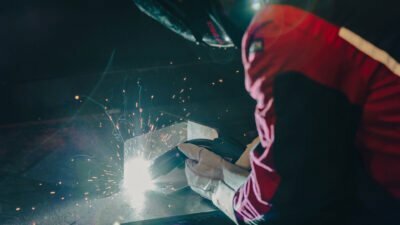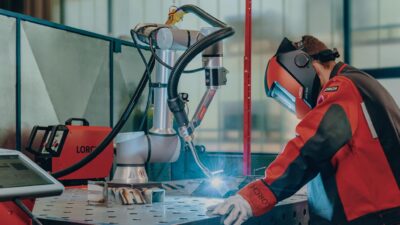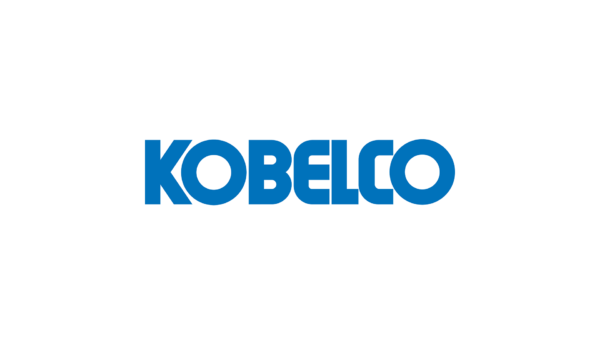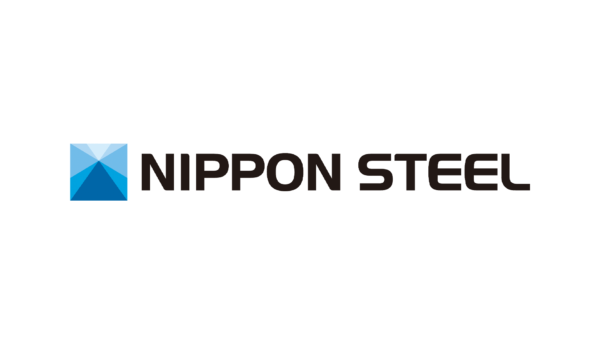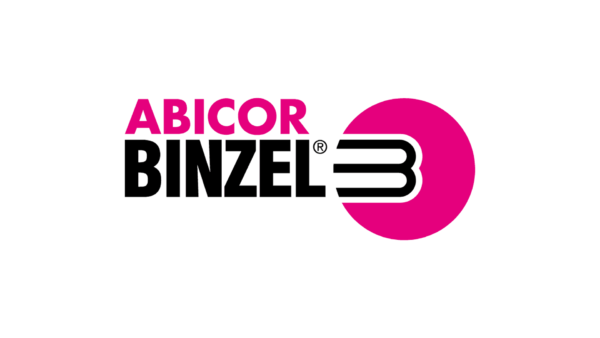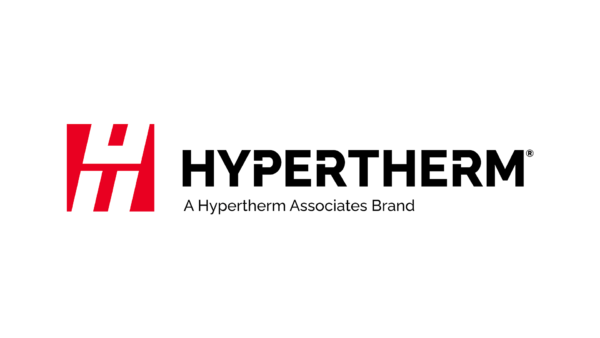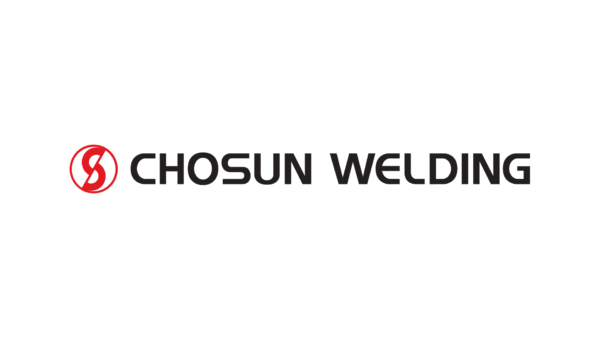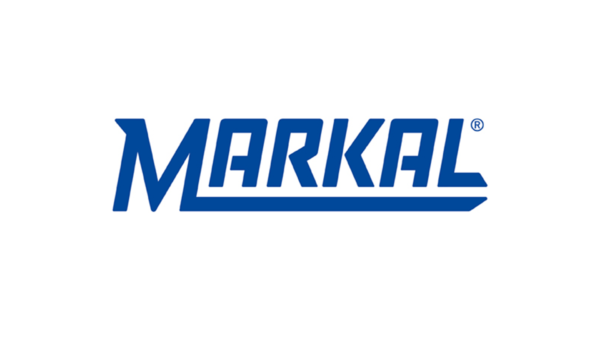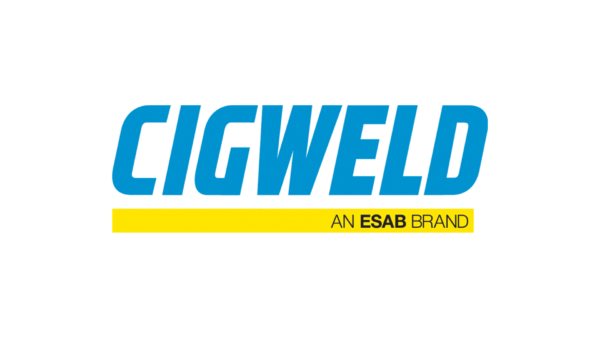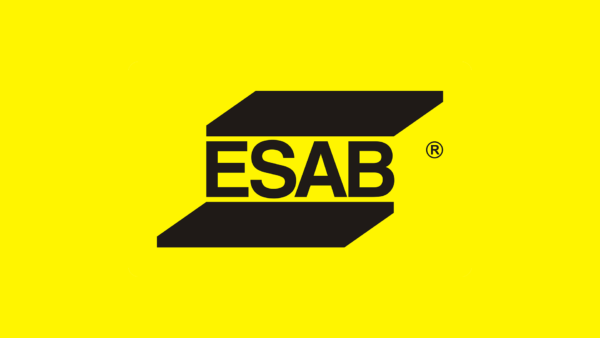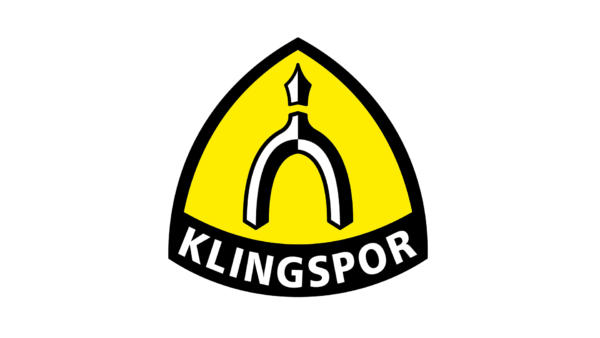If you’re concerned about welding fume extraction and how you can minimise the health risks associated with welding fumes in your workplace, checkout this overview of your options and the welding setups to which they are best suited.
Read to the end to discover our FREE welding fume extraction assessment and action plan, plus the other ways we can support your team.
What is the Best System for Welding Fume Extraction?
When people think of welding fume extraction, naturally what comes to mind first is overhead fume extraction and ventilation systems, as well as PAPR welding helmets. But is there a better way?
These well-known welding fume extraction systems are top-of-mind because they have been in the industry for decades. In this article we explore which fume extraction system provides you with the best level of protection against harmful welding fumes. Spoiler alert: the answer depends on your particular situation. To understand which fume extraction system is best for you, let’s take a look at the various options for welding fume extraction and their pros and cons.
Health Risks of Welding Fumes
Before we delve into your options for welding fume extraction, let’s first understand the health risks associated with welding fumes. Welding fumes contain toxic gases and fine particles. Exposure to these fumes can irritate the airway in the short-term, causing chest discomfort, coughing and shortness of breath. More concerning are the long-term risks of inhaling welding fumes, which include chronic bronchitis and emphysema and even lung cancer. For further information on the health risks of welding fumes, please review this comprehensive article from Worksafe.
Evidence-based research shows that there is no safe level of welding fume. So let’s turn our attention to the ways in which you can mitigate the impact of welding fumes in your working environment.
Natural Ventilation
WHAT: Got the roller door open? That’ll do the trick, right? Right..?
BENEFITS: A budget-friendly option for those unconcerned about the serious health risks of welding fumes. To be clear: we do not see any upside to this option!
CONSIDERATIONS: On the surface this might seem like a reasonable strategy, but what about when the sun is right in your eyes? Or the wind is blowing a gale, or the rain is coming down in buckets and disrupting your welders? There are times when that door comes down. When the door is open, where are those toxic fumes going? It’s time we as an industry must move past the “She’ll be right, I’ve been welding this way for years and nothing’s wrong with me,” attitude. Don’t be that guy that’s still content to disregard and dismiss the seriousness of the health – and regulatory – implications of welding fumes.
Ducted Welding Ventilation Systems
WHAT: Overhead welding ventilation systems are categorised as Local Exhaust Ventilation systems, or LEVs. They work by extracting air containing welding fumes from the workplace. The system is designed to remove these contaminants from the welder’s breathing zone and general vicinity.
BENEFITS: Designed for large-scale industrial settings, these systems are robust and capture hazardous welding fumes reasonably effectively. Note, however, that this effectiveness is very dependent on size of unit, size of workshop, distance to extractor fans, and other factors.
CONSIDERATIONS: These are large, costly systems not suited to every workshop, and quite obviously not suitable to welders working in confined spaces. Additionally, consider how these systems work: An overhead fume extraction system pulls the toxic gases and particles upward, which means the fumes must travel past a user’s face. This means the welder remains exposed to the harmful welding fumes, and necessitates that welding ventilation systems on their own are not a complete solution.
Overhead Welding Extraction Hoods
WHAT: Overhead welding fume extraction hoods are devices installed above the welding area to capture and remove airborne contaminants near the source.
BENEFITS: A range of variations exist to suit a variety of working environments, including portable extractor hoods, suited to smaller workshops.
CONSIDERATIONS: Welding fume extraction hoods effectively operate like larger ventilation systems, where the harmful fumes may pass by the welder’s face during the extraction process. Mobile hoods must be within close range of the fume source, typically 30 cm away, which often means regular re-positioning. How many times do welders stop welding to move the overhead nozzle? For this reason, the extraction is often not effective or efficient. Again, this should not be considered a complete welding fume extraction solution.
PAPR Welding Helmets
WHAT: Welding helmets fitted with a respirator are called PAPR helmets, which stands for Powered Air Purifying Respirator. They work by filtering toxic fumes and welding particles, effectively cleaning the air that the welder breathes. We often recommend a PAPR helmet in addition to any overhead fume extraction system that you may have in play.
BENEFITS: Modern PAPR helmets are lightweight and effective at reducing the risk to the welder from welding fumes.
CONSIDERATIONS: Importantly, PAPR helmets protect only the welder, and only for the period of time that they are actively using the device. Welding particles can remain suspended in the workplace air well after the welder has stopped welding, potentially impacting them as they are changing tasks. Did you know that very small welding fume particles can take as much as two days to reach the floor when released from a height of 1.5 metres? There is a better way…
On-torch Fume Extraction
WHAT: On-torch fume extraction works while the welder welds, eliminating as much as 97% of fumes at the source of the trouble, removing the fumes from the workplace air. There is no single better method for reducing the risk of welding fumes for all of your workforce and workplace visitors.
BENEFITS: On-torch fume extraction is the single most effective option of fume extraction. Forget what you know about early developments in on-torch fume extraction. Modern torches, such as the ABICOR BINZEL xFUME PRO Fume Extraction Torch, are streamlined to suit any application where a regular MIG welding torch is used.
Take a look at the before-and-after pictures below that demonstrate the effectiveness of modern on-torch extraction. Those with a keen eye will note that tight angles are not a problem for the welder.
CONSIDERATIONS: Abicor Binzel TIG and mechanised torch options are also available. The suitability of on-torch fume extraction fitted to a robot will be dependent on the type/model.
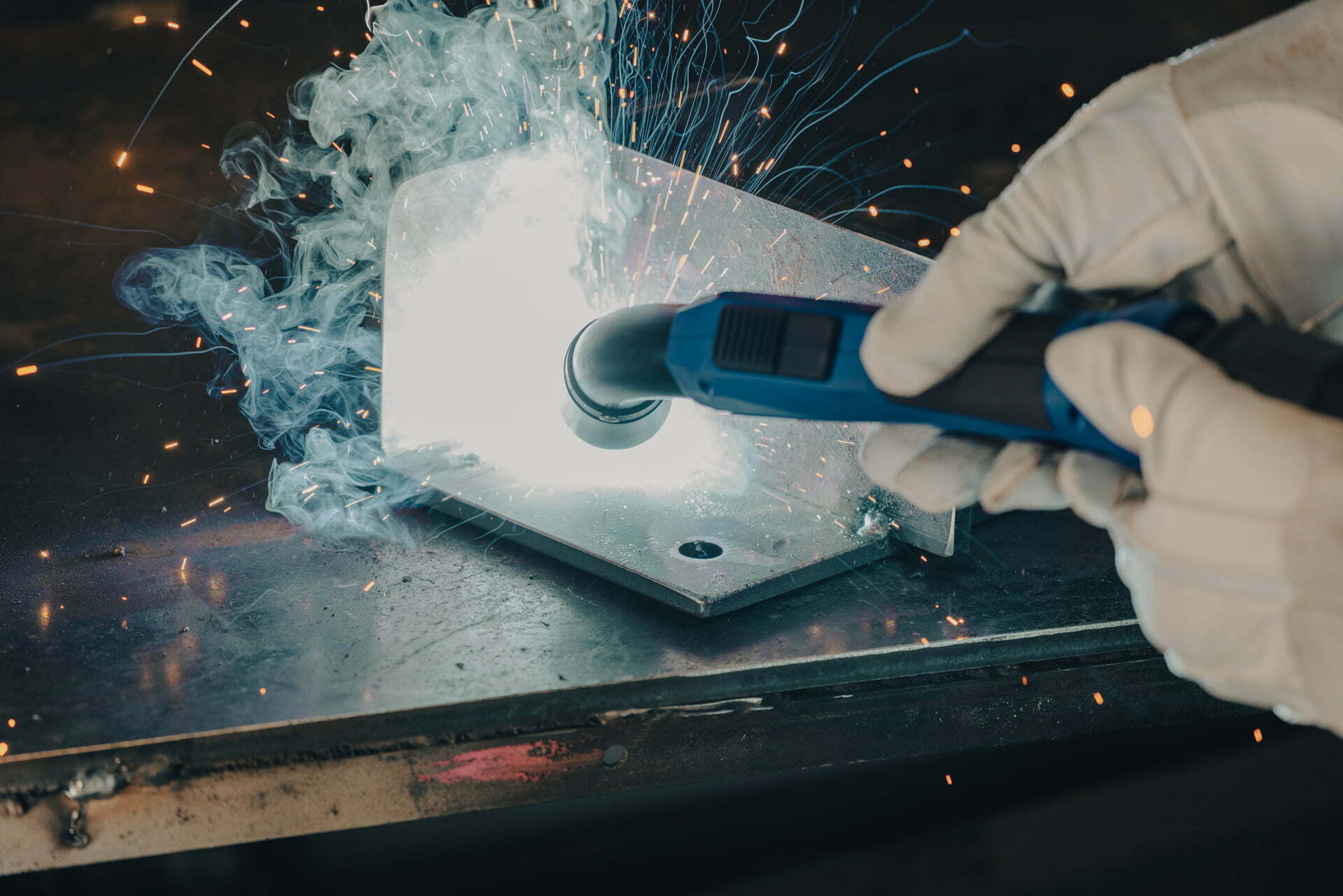
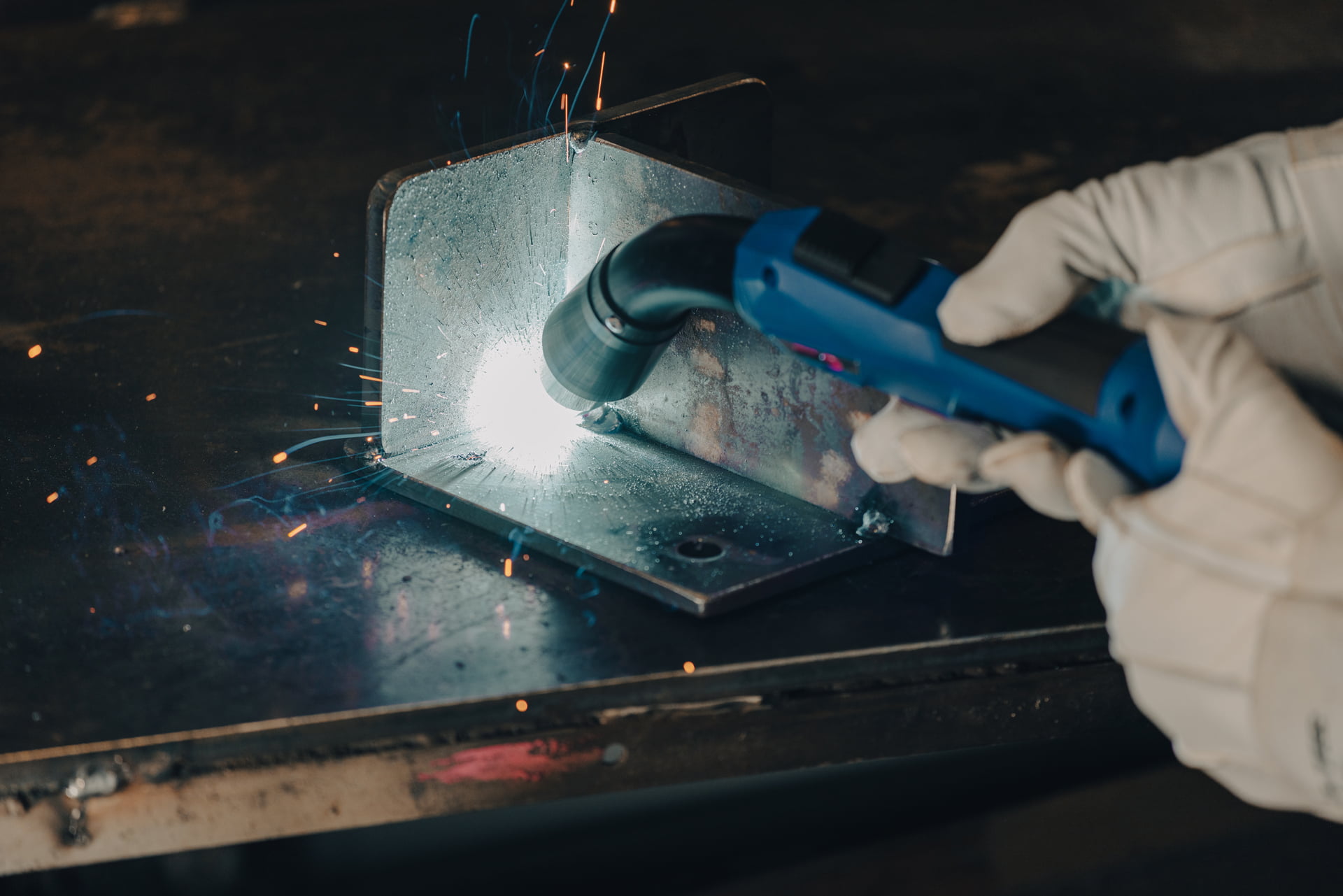
Situational Guide for Welding Fume Extraction Systems
When choosing a welding fume extraction system – or combination of systems– consider the size of the space, your budget, and the nature of the work being done. At-source solutions like fume extraction welding torches and PAPR masks are ideal for limited spaces, and can be deployed for entire workshops. Mobile cartridge filters work well for light-duty fabrication, while larger workshops benefit from powerful, static filters with automatic cleaning functions.
Summary
For its overall impact on mitigating the risk of welding fumes – for everyone in your working environment – contemporary on-torch fume extraction reigns supreme. This holds true for most welding environments.
Every business must take costs into account, in every area of their business. However, given the very real risks posed by welding fumes, can any business afford to ignore the problem? For those businesses unable to furnish their entire welding workforce with PAPR helmets and fume extraction torches, consider which provides the most benefit to the most people. Consider also the idea of subsidising the costs to your employees, thus sharing the outlay between stakeholders.


